Characteristics of Colombian coffee beans story how should Colombian coffee be roasted?
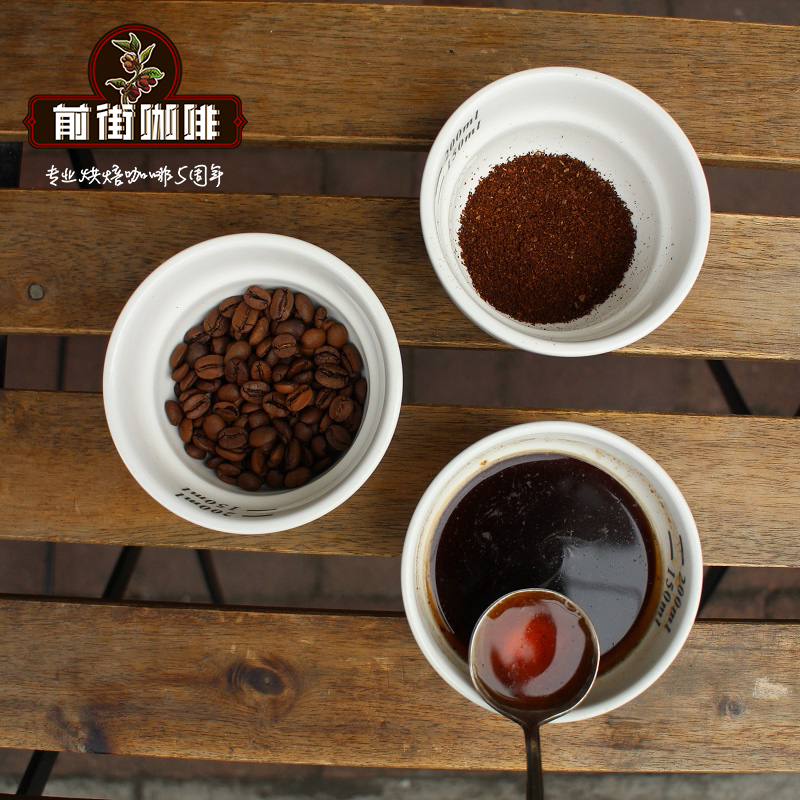
For professional baristas, please follow the coffee workshop (Wechat official account cafe_style)
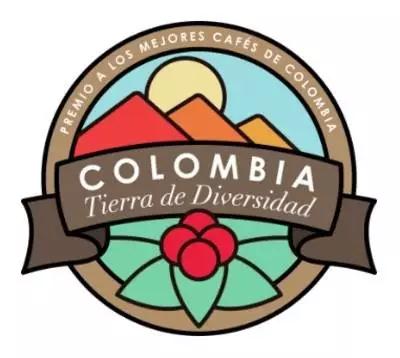
Coffee was first introduced to Colombia (Colombia) in 1808 and today the country is the second largest producer after Brazil, with an annual output of 13 million bags of 60 kg each, compared with Brazil's annual production of 22 million bags. Colombian coffee is one of the few individual coffees sold in the world under the name of the country. Colombian coffee beans have won praise unmatched by other coffee in terms of quality. The country is the world's largest exporter of Arabica coffee beans, while Robusta coffee is rarely grown. It is also the world's largest exporter of washed coffee beans (Washedbeans). Compared with other producing countries, Colombia is more concerned with developing products and promoting production. It is this, coupled with its superior geographical and climatic conditions, that makes Colombian coffee excellent in quality and delicious and famous all over the world. Characteristics of Colombian coffee beans
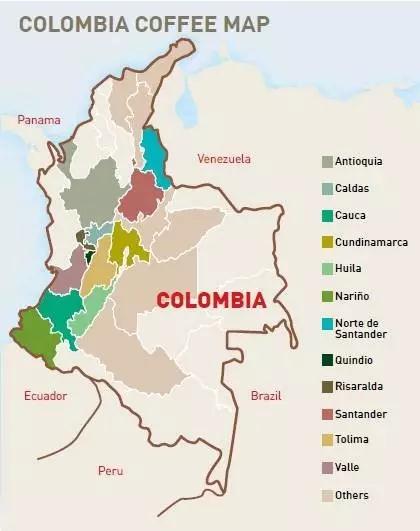
Major coffee producing areas in Colombia
The country's coffee-producing region is located in the foothills of the Andes, where the climate is mild and the air is humid. Colombia has three Cordilleras mountains (sub-mountain system) running north and south, right into the Andes. Coffee is grown along the highlands of these mountains. The mountain steps provide a diverse climate, which means that the whole year is the harvest season, with different kinds of coffee ripening at different times. And fortunately, unlike Brazil, Colombia doesn't have to worry about frost. There are about 2.7 billion coffee trees in Colombia, 66 per cent of which are planted in modern plantations and the rest on small, traditionally run farms. Characteristics of Colombian coffee beans
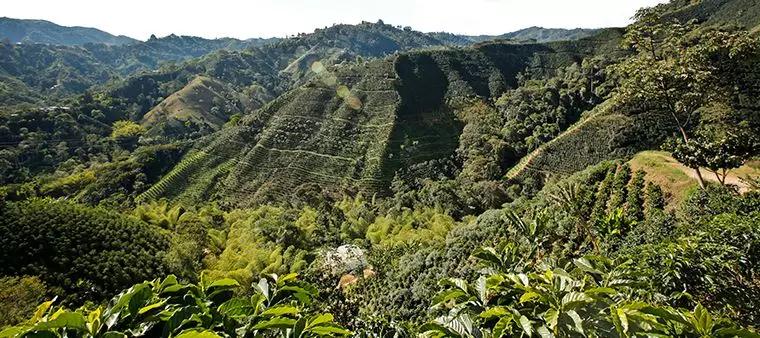
The main production areas of Colombia are in the central and eastern mountains. The most important plantations along the central mountains are located in Medellin, Armenia and Manizales. Of the above three regions, Medellin has the best quality and high price of coffee, which is characterized by full grains, rich nutrients, rich aroma and moderate acidity. Taken together, the three regions are referred to as MAM (the initials of the major cities in the three regions). Most of Colombia's top coffee for export comes from MAM. Along the eastern mountains, the two best areas are around Bogota and then north around Bucaramanga. Bogota coffee is less acidic than Medellin coffee, but the two are of the same quality.
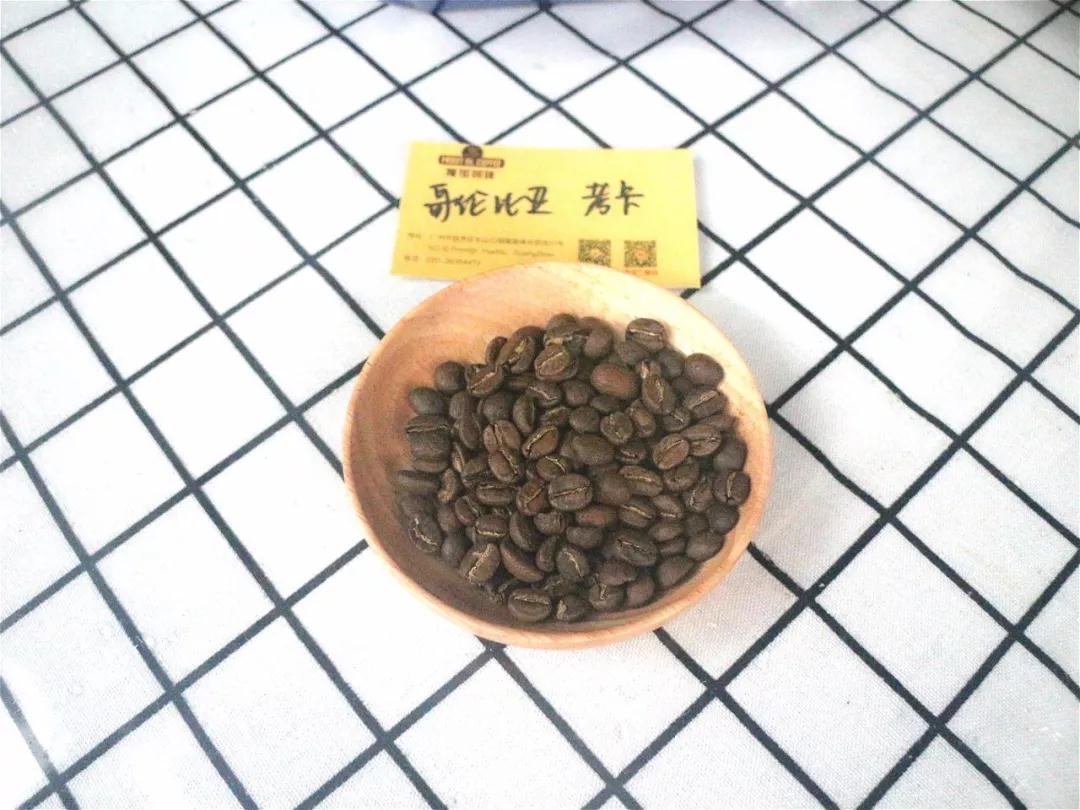
Colombia Coca Zhuoyu Cup
Producing area: Cauca Province
Micro-area: Suri micro-production area
Soil: volcanic clay
Altitude: 1758 m-2100 m
Variety: Kaddura
Treatment: washing treatment
This coffee has a round raw bean body, yellowish green, good evenness and high moisture content. The baking goal of Qianjie coffee is medium-deep roasting, showing a balanced and mellow texture on the one hand and rich chocolate and nutty aromas on the other.
Qianjie coffee is suggested to be brewed:

KONO filter cup; water temperature: 86-88 ℃; degree of grinding: small Fuji 4 (medium grinding); ratio of powder to water: 1:13-1: 14; extraction time: one minute and 50 seconds.
Front Street Coffee Columbia Coca Zhuoyu Cup purchase link https://item.taobao.com/item.htm?spm=a1z10.3-c-s.w4002-15673140470.9.73281b50Hoch7n&id=541784408704
For more professional coffee exchanges, please scan the code and follow Wechat: FrontStreetCoffee
Important Notice :
前街咖啡 FrontStreet Coffee has moved to new addredd:
FrontStreet Coffee Address: 315,Donghua East Road,GuangZhou
Tel:020 38364473
- Prev
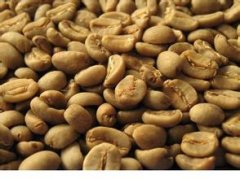
How much is a box of Kopi Luwak? How much is a Kopi Luwak?
Professional coffee knowledge exchange more coffee bean information please follow the coffee workshop (Wechat official account cafe_style) Kopi Luwak Bali Indonesia Kopi Luwak cat shit imported boutique coffee beans 100g civet coffee kopi luwak coffeee commonly known as Kopi Luwak. The attractiveness of this extremely expensive coffee has nothing to do with the climate and altitude it grows and the genes of its coffee species.
- Next
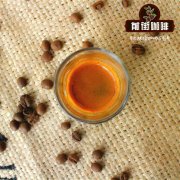
Why is Blue Mountain coffee so expensive? Where is Blue Mountain Coffee expensive?
Professional baristas Please follow the Coffee Workshop (Wechat official account cafe_style) in Jamaica, the export of Blue Mountain coffee beans must be certified by coffee shops and certified for export, and must use coffee shops in more than 20 countries around the world to register the Blue Mountain Coffee trademark, it is really called authentic Jamaican Blue Mountain coffee beans. Among them, the Jamaican Coffee Committee stipulates that Blue Mountain Coffee
Related
- Detailed explanation of Jadeite planting Land in Panamanian Jadeite Manor introduction to the grading system of Jadeite competitive bidding, Red bid, Green bid and Rose Summer
- Story of Coffee planting in Brenka region of Costa Rica Stonehenge Manor anaerobic heavy honey treatment of flavor mouth
- What's on the barrel of Blue Mountain Coffee beans?
- Can American coffee also pull flowers? How to use hot American style to pull out a good-looking pattern?
- Can you make a cold extract with coffee beans? What is the right proportion for cold-extracted coffee formula?
- Indonesian PWN Gold Mandrine Coffee Origin Features Flavor How to Chong? Mandolin coffee is American.
- A brief introduction to the flavor characteristics of Brazilian yellow bourbon coffee beans
- What is the effect of different water quality on the flavor of cold-extracted coffee? What kind of water is best for brewing coffee?
- Why do you think of Rose Summer whenever you mention Panamanian coffee?
- Introduction to the characteristics of authentic blue mountain coffee bean producing areas? What is the CIB Coffee Authority in Jamaica?

